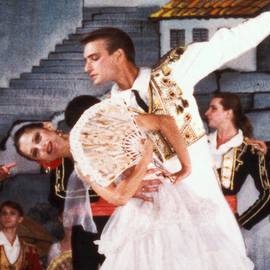As January winds into its third week, Urbana’s Krannert Center will again showcase the talents of the Russian National Ballet Theatre for a series of performances; this time around, there will be four ballets over a three-day period from January 22–24. From the origins of Russia’s native ballet tradition with Swan Lake, to the special creation of Don Quixote, there are many riches in the 2013 edition of the visiting Russian ballet company.
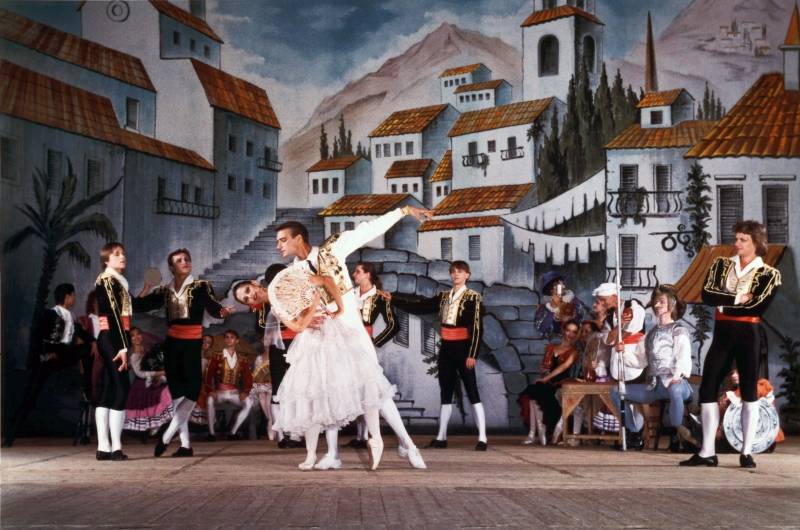
Ballet is as old as Russia’s love of all the fine arts they adopted from the West. In the 1740s, the Imperial School of Ballet was established in St. Petersburg. But, for years, ballet in old Tsarist Russia was only for the entertainment of the Tsar’s court. This changed early in the nineteenth century, when ballet left the exclusive confines of the Imperial court and was offered in public theaters to any audience member who could buy a ticket and attend. Attend they did, in legions; it was not long before ballet became a national tradition among the middle and upper classes. With the national love of ballet, it was only a matter of time before Russia produced its own masters of the art.
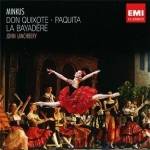 Peter Tchaikovsky, Sergei Prokofiev, and Rodion Shchedrin have dominated three eras of classical ballet compositions and produced enduring classics admired world-wide. Even the exiled and once despised Igor Stravinsky (who died a U.S. citizen) is now an icon of Russian ballet tradition. By the later decades of the twentieth century, ballet had grown beyond the St. Petersburg/Moscow axis to the point that the Russian State Ballet of Siberia was established in 1978.
Peter Tchaikovsky, Sergei Prokofiev, and Rodion Shchedrin have dominated three eras of classical ballet compositions and produced enduring classics admired world-wide. Even the exiled and once despised Igor Stravinsky (who died a U.S. citizen) is now an icon of Russian ballet tradition. By the later decades of the twentieth century, ballet had grown beyond the St. Petersburg/Moscow axis to the point that the Russian State Ballet of Siberia was established in 1978.
Great composers, performers, and choreographers associated with the Russian ballet tradition have often left their homeland to enrich other lands, and no country has benefited from this emigration more than the United Sates. Such colossal imports as choreographer George Balanchine, dancers Mikhail Baryshnikov, Anna Pavlova, Rudolf Nureyev, and composer Igor Stravinsky have all enriched the art of ballet in the New World.
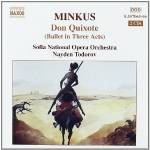 Even during the Cold War, the Soviet Union was willing to showcase its superlative ballet companies (with tightly controlled mutual cultural exchange programs) with the western democracies. With the thaw and eventual end of the Cold War, regular tours of Russian performing artists, with few restrictions, now enriched the West with new artists and new ideas. The Russian National Ballet Theatre is very much a product of the thaw that pulled the State out of the performing arts. It was founded in 1980 in Moscow in that major thaw of State control called Perestroika. The new freedom led to a surge in artistic creativity, new companies, and more international tours. Even if this company originally used the seemingly traditional title of Soviet National Ballet, it had new ideas, and artists from all over Russia wanted to be part of it.
Even during the Cold War, the Soviet Union was willing to showcase its superlative ballet companies (with tightly controlled mutual cultural exchange programs) with the western democracies. With the thaw and eventual end of the Cold War, regular tours of Russian performing artists, with few restrictions, now enriched the West with new artists and new ideas. The Russian National Ballet Theatre is very much a product of the thaw that pulled the State out of the performing arts. It was founded in 1980 in Moscow in that major thaw of State control called Perestroika. The new freedom led to a surge in artistic creativity, new companies, and more international tours. Even if this company originally used the seemingly traditional title of Soviet National Ballet, it had new ideas, and artists from all over Russia wanted to be part of it.
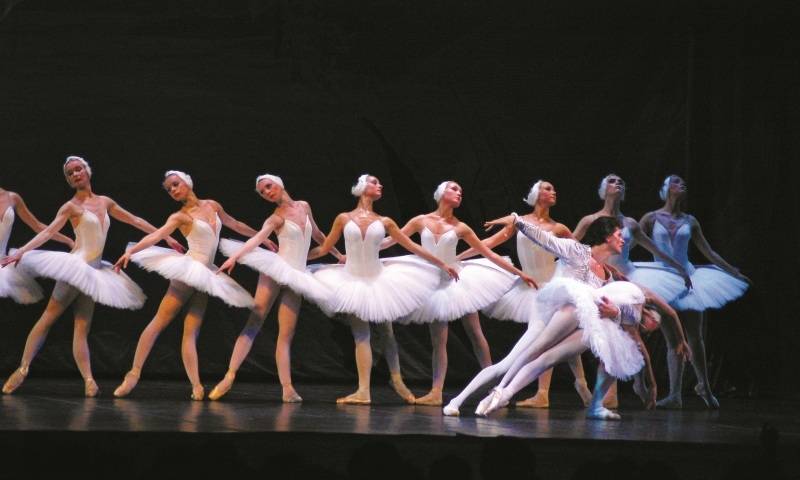
In 1994, Elana Radchenko, the principal dancer of Moscow’s famed Bolshoi Ballet, became the first permanent artistic director of The Russian National Ballet Theatre, a position she still holds. Her stewardship has given this extraordinary company its own special stamp of performing brilliance. She has promoted a focus on Russian values, but those with the influence of Marius Petipa. His shaping of the Russian ballet tradition in the nineteenth century with its French influences — mixed with Russian music — did much to create the unique style that has defined Russian ballet. Her innovative mind wedded to Petipa’s great traditions has defined this company.
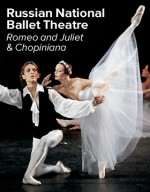 In 1869, Marius Petipa staged a stunning production of Ludwig Minkus’ Don Quixote for the St. Petersburg Imperial Ballet. This began a long collaboration of composer and choreographer/director that enhanced the reputation of both artistic giants. Minkus and Petipa dominated the late nineteenth-century ballet world, only to be forgotten in the modern era. There are currently fewer than thirty CDs that feature Minkus’ music, and only three containing the complete music to Don Quixote are available. It is the good fortune of ballet lovers in Champaign-Urbana that The Russian National Ballet Theatre series at Krannert Center features, on opening night (January 22), a complete performance of Don Quixote. On other nights you can catch Swan Lake and the double feature of Chopiana and Romeo and Juliet, so there will be both tradition and history on display.
In 1869, Marius Petipa staged a stunning production of Ludwig Minkus’ Don Quixote for the St. Petersburg Imperial Ballet. This began a long collaboration of composer and choreographer/director that enhanced the reputation of both artistic giants. Minkus and Petipa dominated the late nineteenth-century ballet world, only to be forgotten in the modern era. There are currently fewer than thirty CDs that feature Minkus’ music, and only three containing the complete music to Don Quixote are available. It is the good fortune of ballet lovers in Champaign-Urbana that The Russian National Ballet Theatre series at Krannert Center features, on opening night (January 22), a complete performance of Don Quixote. On other nights you can catch Swan Lake and the double feature of Chopiana and Romeo and Juliet, so there will be both tradition and history on display.
For further information, visit their website, or call the Krannert box office at 333-6200.








